A Trainer's Guide: Evaluating The Best Grass-Type Pokémon Starters
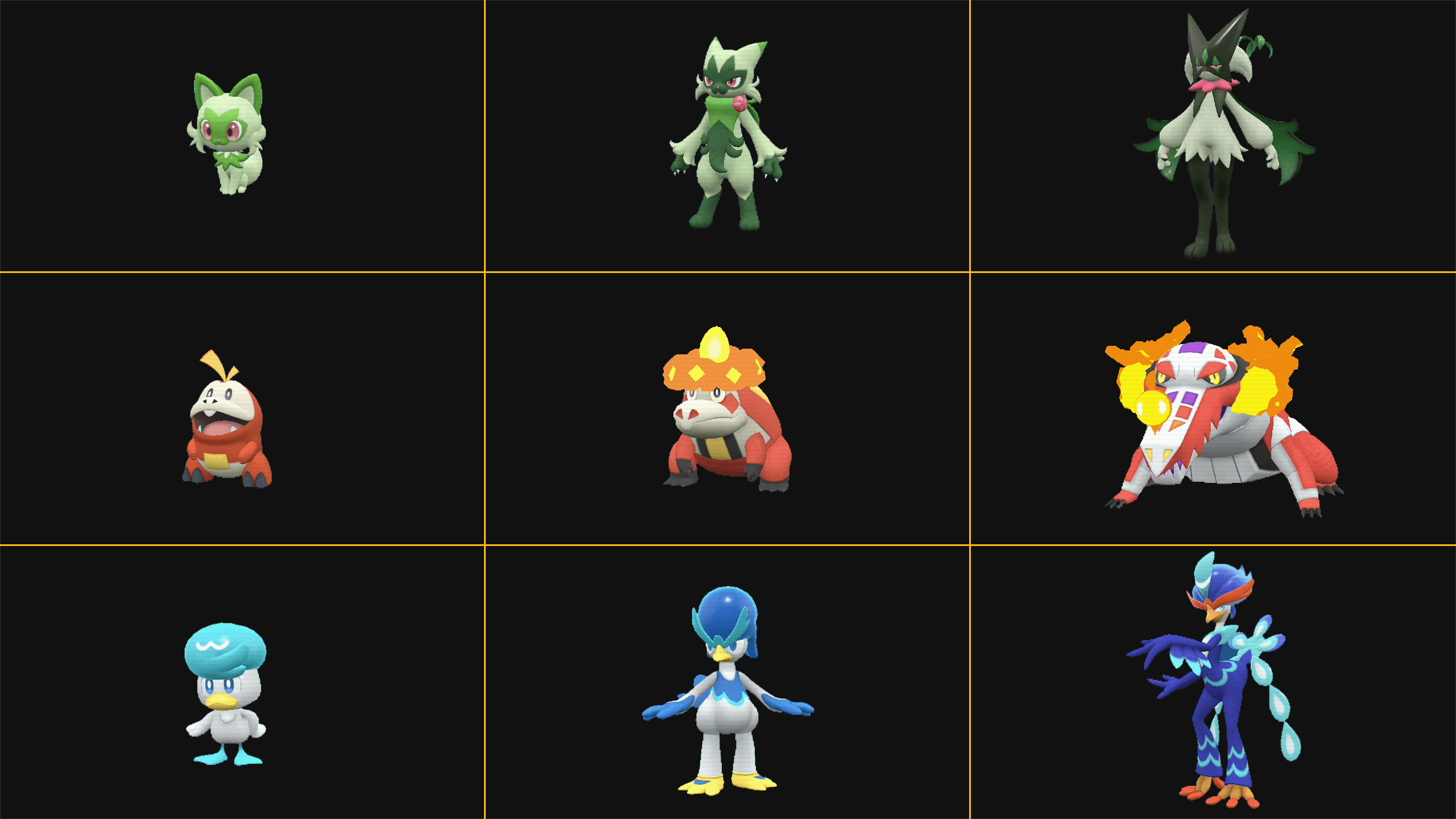
Table of Contents
Analyzing Base Stats and Growth Potential
Understanding Pokémon stats is fundamental to selecting a strong starter. Key stats to consider include HP (Hit Points), Attack, Defense, Special Attack, Special Defense, and Speed. Each stat plays a vital role in battle effectiveness. A Pokémon with high HP can withstand more damage, while high Attack or Special Attack is crucial for dealing significant damage. High Defense and Special Defense values offer protection, and Speed determines who attacks first.
Let's compare some base stats of popular Grass-type starters:
- Bulbasaur (Gen I): Relatively balanced stats, strong in HP and Special Attack.
- Chikorita (Gen II): Lower base stats overall, focusing on HP and Special Defense.
- Treecko (Gen III): High base Speed, but lower HP and Defense.
- Turtwig (Gen IV): High Defense, good HP, but lower Speed.
- Snivy (Gen V): High Special Attack and Speed, but lower HP and Defense.
Stat growth is another crucial factor. While some Grass-type starters may have initially lower base stats, their growth throughout the game can significantly impact their late-game potential. For example, a starter with initially lower attack might see a substantial increase in later levels, making them a formidable powerhouse. Understanding individual stat growth rates, along with the impact of IVs (Individual Values) and EVs (Effort Values) if applicable to your game, is essential for maximizing your starter's potential.
Movepool and Type Coverage Effectiveness
A diverse movepool with effective type coverage is paramount for success. Grass-type moves are generally effective against Water, Ground, and Rock types but are weak against Fire, Ice, Poison, Flying, Bug, and Dragon types. Understanding Pokémon type effectiveness is key.
Consider the strengths and weaknesses of common Grass-type moves:
- Razor Leaf: High accuracy, high damage, but can be resisted.
- Vine Whip: Decent power, good for early game.
- Giga Drain: Powerful, restores HP.
- Energy Ball: High power, good coverage.
Analyzing the movepool of different Grass-type starters reveals variations in versatility. Some starters might learn a wider variety of moves, granting greater flexibility in combat. The presence of STAB (Same-type attack bonus) also significantly boosts the damage output of moves that match the starter's type. A broad and effective movepool ensures your Grass-type Pokémon starter can adapt to a wider array of opponents.
Evolutionary Lines and Final Evolutions
Each Grass-type starter follows a unique evolutionary line, culminating in a powerful final evolution. Let's examine some examples:
- Bulbasaur → Ivysaur → Venusaur: Venusaur boasts high HP and Special Attack, along with access to powerful moves like Solar Beam and Sludge Bomb.
- Chikorita → Bayleef → Meganium: Meganium's strength lies in its bulk and defensive capabilities.
- Treecko → Grovyle → Sceptile: Sceptile excels in Speed and Special Attack, making it a swift offensive Pokémon.
Analyzing final evolutions' stats, abilities, and movepools helps in determining their competitive viability. Some final evolutions may be particularly strong in competitive play, while others may be more suited for general gameplay. Consider the strengths and weaknesses of each final evolution's stats and movepool to determine if they align with your preferred play style.
Considering Gameplay Strategy and Team Composition
Choosing a Grass-type starter significantly impacts your team's overall synergy. A well-balanced team considers type weaknesses and resistances. Grass-type starters, for example, often synergize well with Fire or Water-type Pokémon to cover weaknesses.
- Example Team: A Grass-type starter paired with a Fire-type to cover Water-type weaknesses and a Water-type to cover Fire-type weaknesses.
Strategic team composition maximizes effectiveness. Consider type matchups and the strengths and weaknesses of each Pokémon when building your team around your Grass-type starter Pokémon.
Mastering the Art of Choosing the Best Grass-Type Pokémon Starter
Selecting the best Grass-type Pokémon starter requires careful consideration of base stats, movepool, evolutionary line, and team synergy. Understanding type matchups and weaknesses is essential for strategic gameplay. Remember to assess each starter's potential growth, not just their initial stats.
Now that you've learned the key factors in evaluating Grass-type Pokémon starters, you're ready to embark on your Pokémon adventure with confidence! Use this guide to choose the perfect Grass-type partner and conquer the world of Pokémon! Choose wisely and make your best Grass-type starter choice!

Featured Posts
-
 Recalled Coffee Creamer A Serious Warning For Michigan Consumers
May 14, 2025
Recalled Coffee Creamer A Serious Warning For Michigan Consumers
May 14, 2025 -
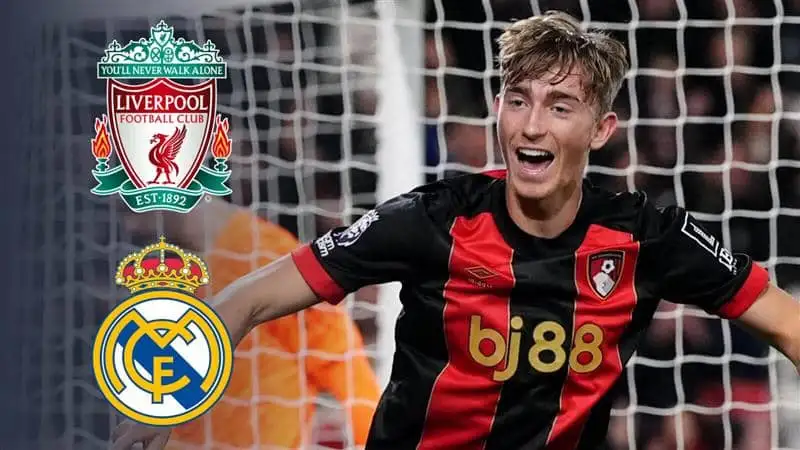 Dean Huijsen Liverpools Pursuit Of Bournemouth Talent
May 14, 2025
Dean Huijsen Liverpools Pursuit Of Bournemouth Talent
May 14, 2025 -
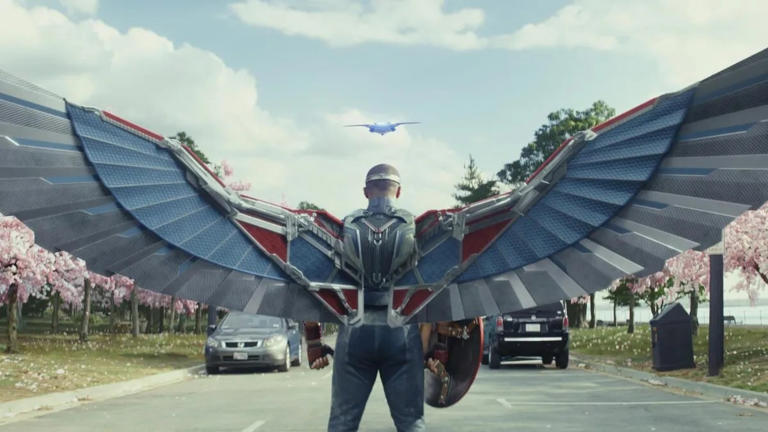 Captain America Brave New World Lowest Grossing Mcu Film Analysis Of Box Office Performance
May 14, 2025
Captain America Brave New World Lowest Grossing Mcu Film Analysis Of Box Office Performance
May 14, 2025 -
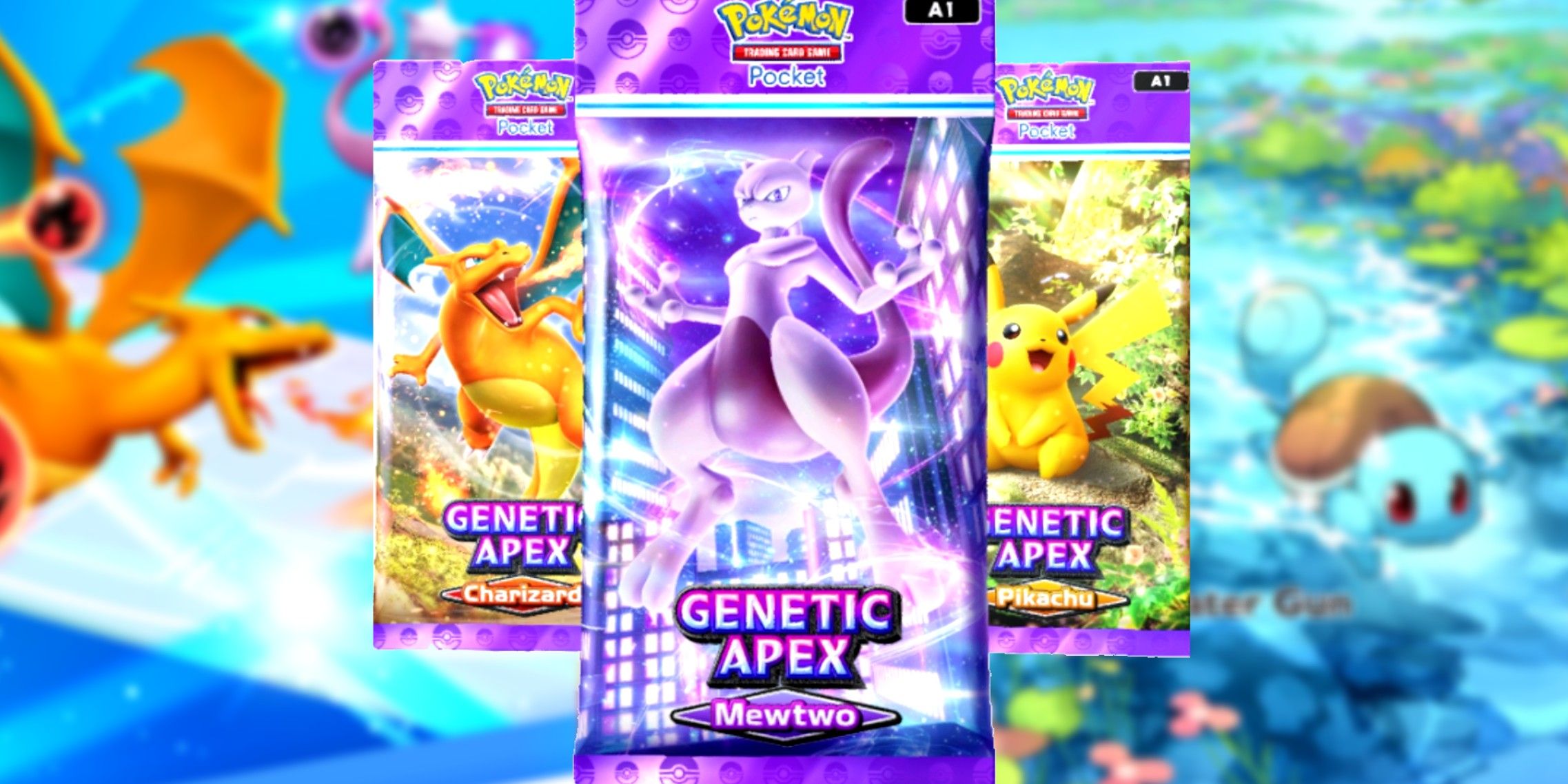 Charizard Ex A2b 010 Pokemon Tcg Pocket Guide Build Winning Decks And Defeat Opponents
May 14, 2025
Charizard Ex A2b 010 Pokemon Tcg Pocket Guide Build Winning Decks And Defeat Opponents
May 14, 2025 -
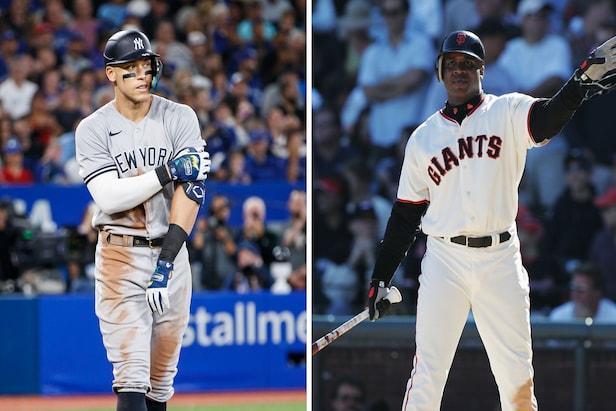 The Optimal Time To Issue An Intentional Walk To Aaron Judge
May 14, 2025
The Optimal Time To Issue An Intentional Walk To Aaron Judge
May 14, 2025
